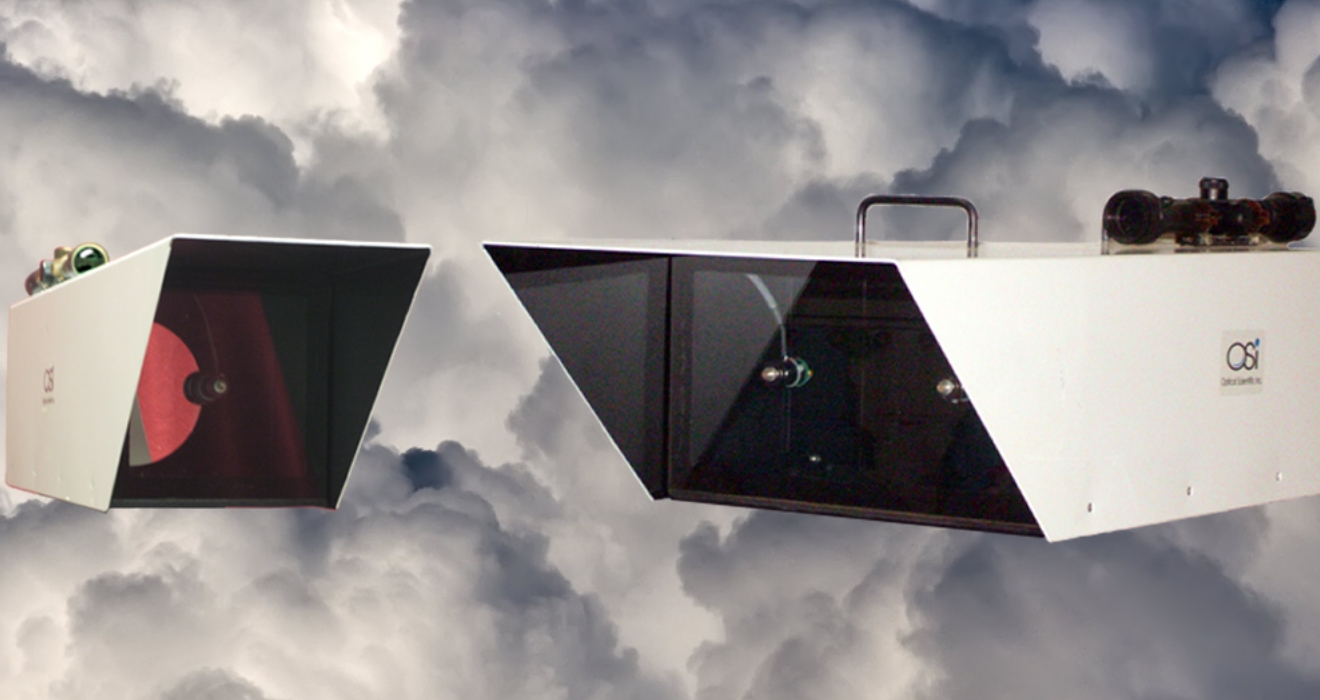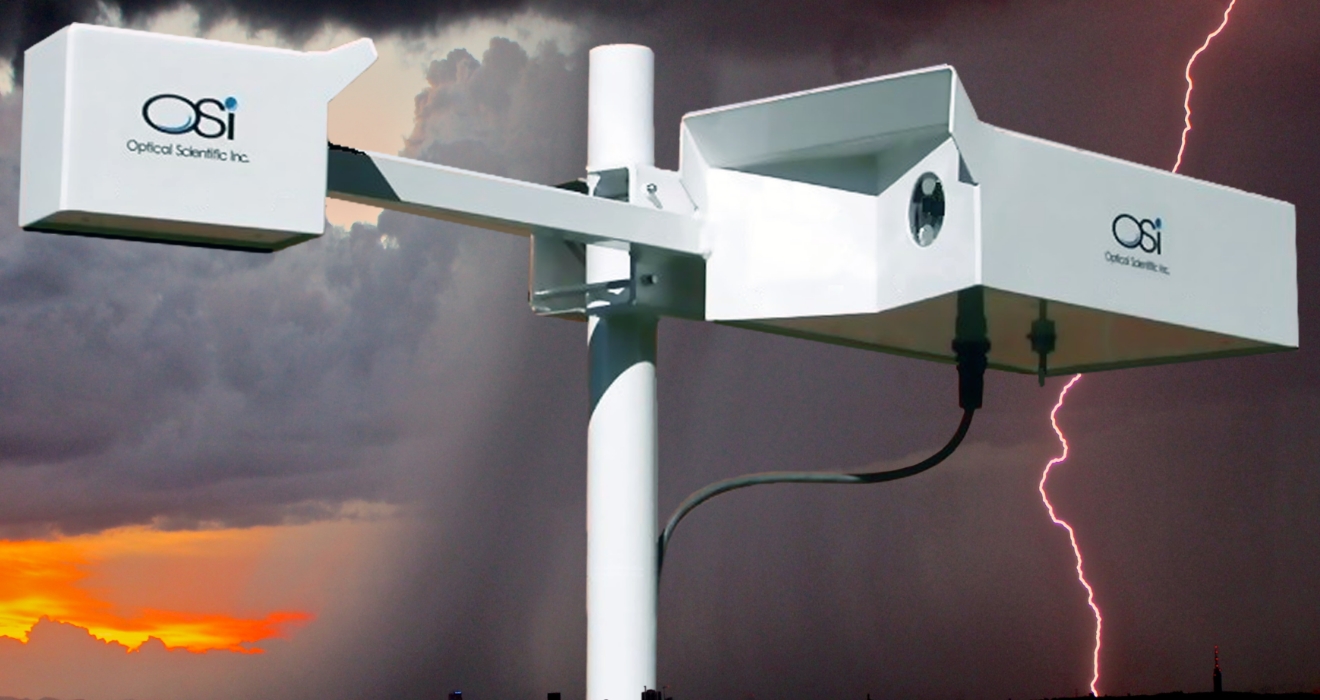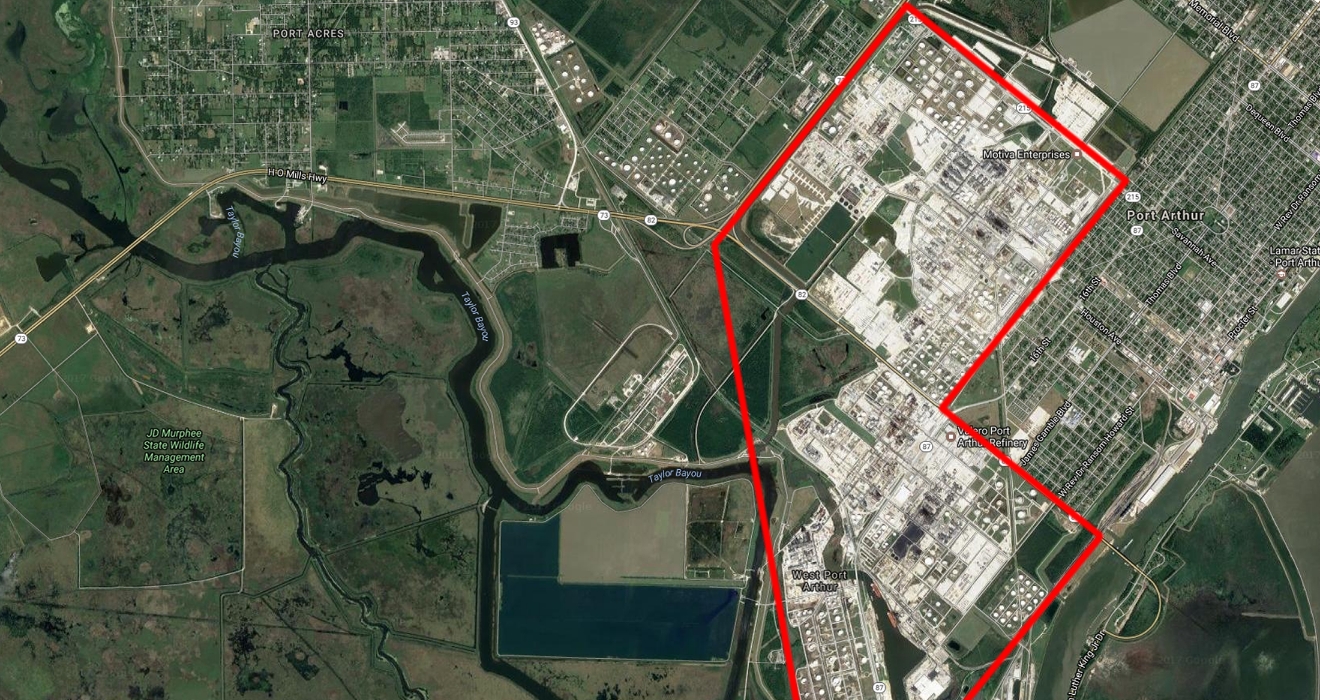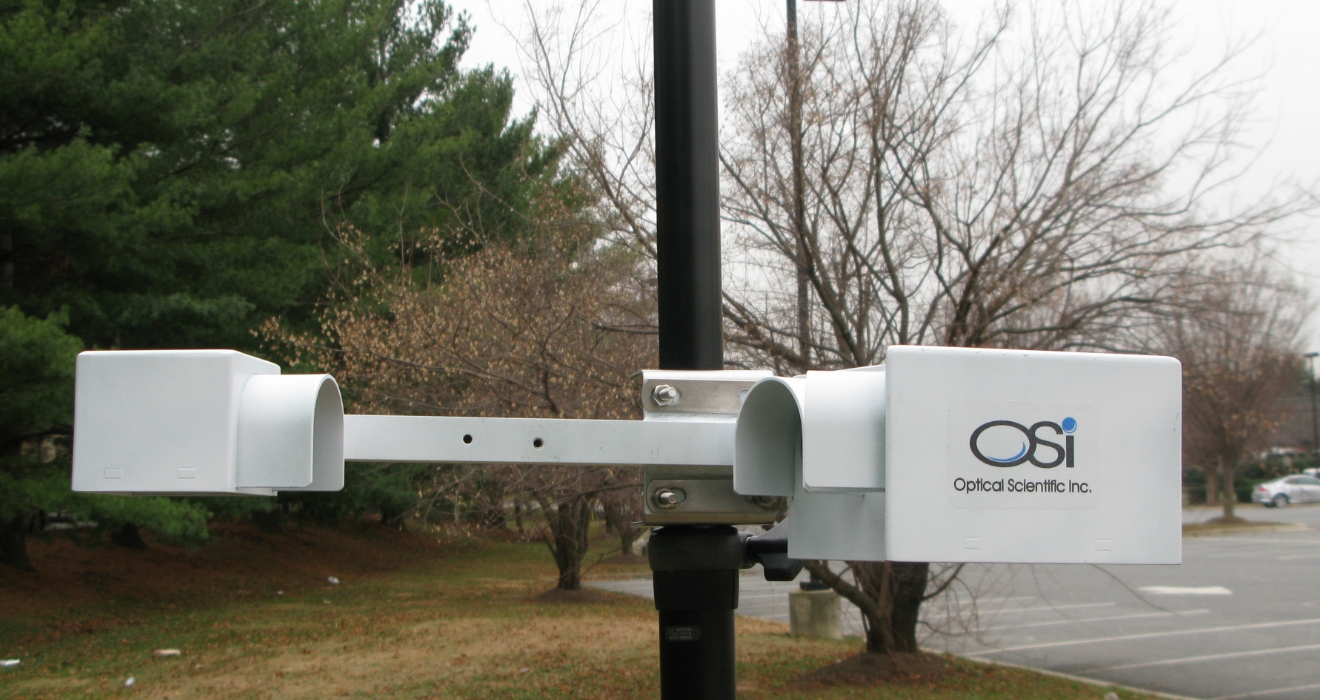How do optical anemometers play a crucial role in environmental monitoring?

In the field of environmental monitoring, accurately tracking and analyzing various environmental parameters is essential for understanding and mitigating the impacts of climate change, pollution, and other ecological disturbances. Among the many tools used in environmental monitoring, optical anemometers stand out as highly effective instruments for tracking wind patterns and their environmental impact. By utilizing advanced technology, optical anemometers provide precise measurements of wind speed and direction, which are crucial for a wide range of environmental studies and applications. This article explores how optical anemometers contribute to environmental monitoring, their integration with other environmental sensors, and examples of environmental studies that have utilized these devices.
Tracking Wind Patterns and Their Environmental Impact
Wind patterns play a significant role in shaping the environment. They influence weather conditions, the dispersion of pollutants, the spread of wildfires, and the distribution of seeds and other biological materials. Understanding wind behavior is essential for predicting and managing these phenomena. Optical anemometers, with their ability to provide real-time and highly accurate wind measurements, are invaluable in tracking wind patterns and their environmental impact.
Traditional anemometers, such as cup anemometers or vane anemometers, rely on mechanical components to measure wind speed. These devices, while useful, have limitations in terms of precision, especially in low wind conditions. Optical anemometers, on the other hand, utilize laser or infrared light beams to detect the movement of air particles. This technology allows for more accurate and sensitive measurements, even in conditions where traditional anemometers might struggle.
The precision of optical anemometers is particularly important in environmental monitoring. For instance, in the study of air pollution, understanding how wind patterns disperse pollutants is critical. Optical anemometers can detect subtle changes in wind speed and direction, providing data that helps researchers model the dispersion of pollutants and assess the potential impact on surrounding ecosystems and human populations. This data is vital for implementing effective air quality management strategies and for informing public health policies.
Integration with Other Environmental Sensors
Environmental monitoring often requires the simultaneous measurement of multiple parameters, such as temperature, humidity, air pressure, and pollutant concentrations. To gain a comprehensive understanding of environmental conditions, it is essential to integrate data from various sensors. Optical anemometers can be seamlessly integrated with other environmental weather and visibility sensors, creating a robust monitoring network that provides a holistic view of the environment.
For example, in meteorological stations, optical anemometers are often used in conjunction with sensors that measure temperature, humidity, and barometric pressure. By combining data from these sensors, researchers can better understand how wind patterns interact with other atmospheric conditions. This integrated approach allows for more accurate weather forecast and a deeper understanding of how different environmental factors influence each other.
In the context of climate change research, the integration of optical anemometers with sensors that measure greenhouse gas concentrations, solar radiation, and soil moisture levels can provide valuable insights into the complex interactions between wind patterns and climate variables. This integrated data can help scientists model climate systems more accurately and develop strategies to mitigate the impacts of climate change.
Furthermore, the integration of optical anemometers with remote sensing technologies, such as drones and satellites, has opened new possibilities for environmental monitoring. Drones equipped with optical anemometers can be used to conduct detailed wind measurements in areas that are difficult to access, such as remote forests or mountainous regions. This data can be combined with satellite imagery to create high-resolution maps of wind patterns and their effects on the environment.
Examples of Environmental Studies Utilizing Optical Anemometers
The versatility and precision of optical anemometers have made them a valuable tool in a wide range of environmental studies. Below are some examples of how these devices have been utilized in research:
1. Air Quality Monitoring in Urban Areas
In urban environments, air quality is a major concern due to the high concentration of pollutants from vehicles, industrial activities, and construction. Optical anemometers have been used in studies to monitor wind patterns in cities and their role in dispersing pollutants. By understanding how wind influences the distribution of pollutants, researchers can identify areas that are more vulnerable to poor air quality and develop strategies to reduce exposure. For example, optical anemometers were used in a study in Beijing, China, to analyze the effect of wind patterns on the distribution of particulate matter (PM2.5) during different seasons. The study provided insights into how wind direction and speed influenced pollution levels in various parts of the city, helping to inform air quality management strategies.
2. Wind Energy Research
The development of wind energy as a renewable energy source requires a thorough understanding of wind behavior. Optical anemometers are used in wind energy research to assess the potential of different sites for wind farm development. By providing accurate wind measurements, these devices help researchers determine the most suitable locations for wind turbines, optimizing energy production and reducing costs. In a study conducted in the offshore wind farm industry, optical anemometers were used to measure wind speeds at various heights above the sea surface. The data collected helped in optimizing the placement of turbines to maximize energy generation while minimizing the environmental impact.
3. Wildfire Prediction and Management
Wildfires are a growing concern in many parts of the world, particularly in areas experiencing prolonged droughts and high temperatures. Wind plays a critical role in the spread of wildfires, making it essential to monitor wind conditions accurately. Optical anemometers have been used in wildfire prediction and management efforts to track wind patterns in fire-prone areas. By integrating wind data with other environmental parameters, such as temperature and humidity, researchers can develop models to predict the likelihood and spread of wildfires. This information is crucial for early warning systems and for planning firefighting efforts. In a study in California, optical anemometers were deployed in fire-prone regions to monitor real-time wind conditions. The data collected was used to create predictive models that helped emergency services respond more effectively to wildfire outbreaks.
4. Coastal and Marine Ecosystem Studies
Coastal and marine ecosystems are highly influenced by wind patterns, which affect ocean currents, wave dynamics, and the distribution of marine life. Optical anemometers have been used in studies of coastal erosion, marine pollution, and the behavior of marine species in response to wind-driven currents. In a study focused on the impact of wind patterns on coastal erosion in the North Sea, optical anemometers were used to measure wind speeds and directions along the coastline. The data helped researchers understand how wind-induced waves contributed to shoreline erosion and informed the development of coastal management strategies.
Conclusion
Optical anemometers play a crucial role in environmental monitoring by providing accurate and reliable data on wind patterns, which are essential for understanding and managing various environmental phenomena. Their ability to integrate with other environmental sensors and their application in diverse environmental studies make them invaluable tools for researchers and policymakers. Whether it’s tracking air pollution in urban areas, optimizing wind energy production, predicting wildfires, or studying coastal ecosystems, optical anemometers provide the precise wind measurements needed to protect and preserve our environment for future generations.
Optical Scientific, Inc is a research, development, engineering and manufacturing firm located in the I-270 high technology corridor outside of Washington, DC. We design and build the most advanced optical instruments in the world for measuring precipitation, air flow, turbulence, and visibility. For over thirty years we have been engaged in a constant research and development program to ensure our position as world leader. Our sensors and systems serve airports, highways, railroads, sea-borne vessels, smelters, power plants, refineries, and hundreds of other commercial and industrial sites around the world.


